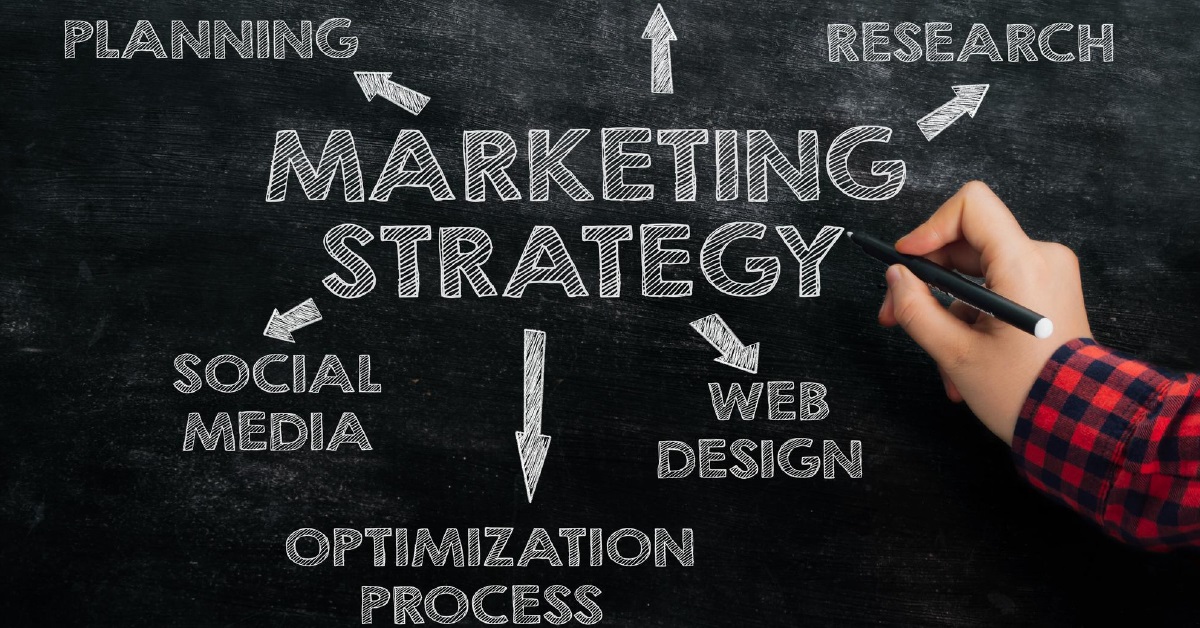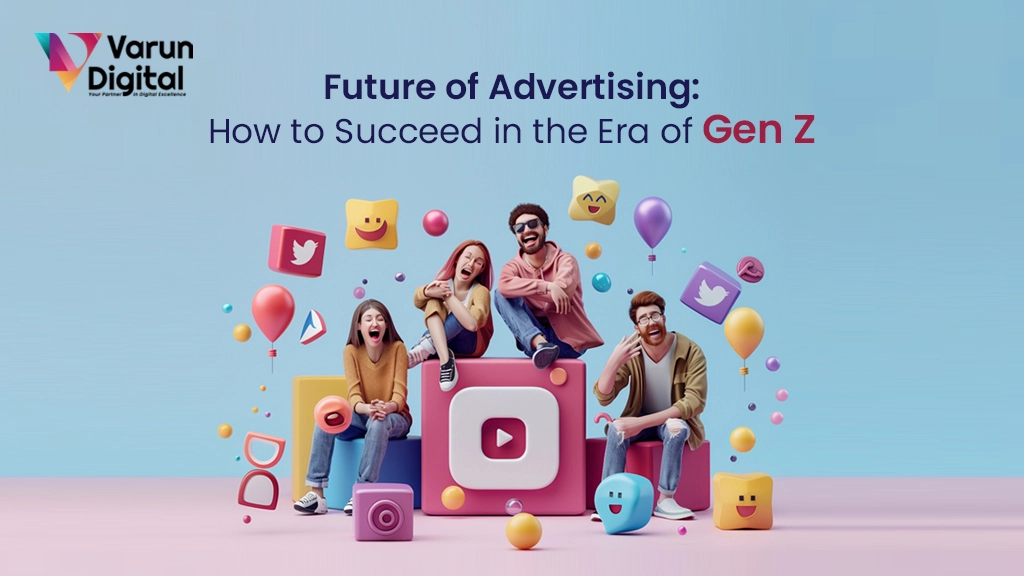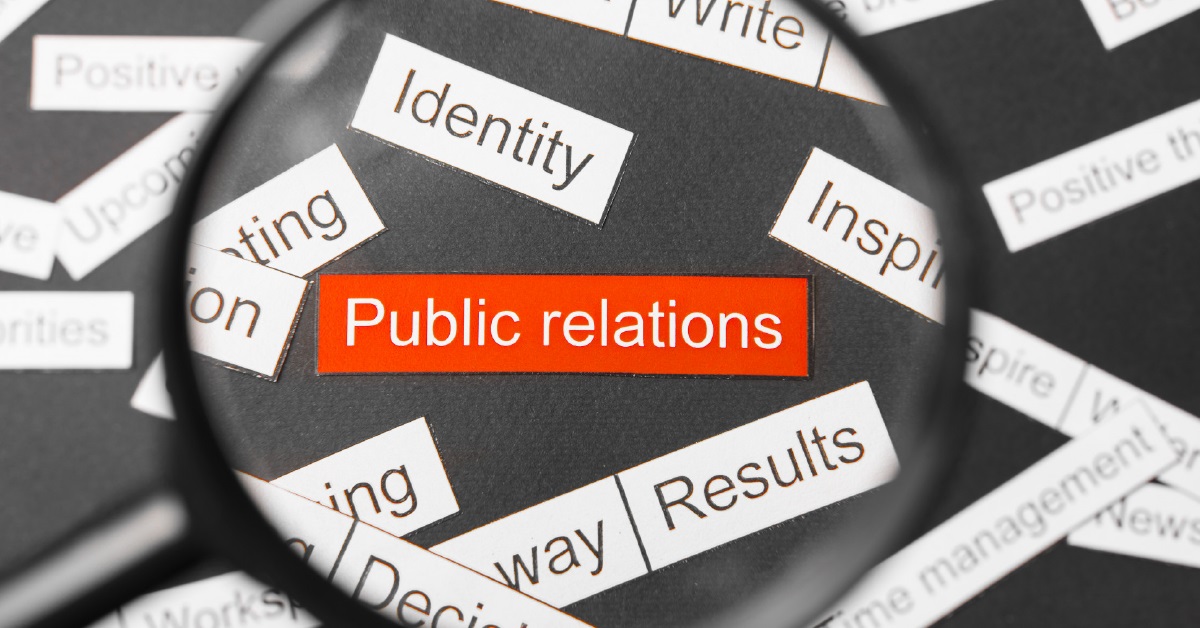6 min read
Table of Contents
What Exactly is the Bounce Rate?
You already know what the bounce rate is. In a nutshell, bounce rate is the proportion of single-page sessions with no user interaction activities. It is significant to note that a visitor can leave your site without clicking the back button, known as a bounce. The browser window could be closed, or the user could get up and leave their computer until the session time is up.
Google Analytics automatically determines the bounce rate of your entire domain and individual pages. Then, using the strategies below, you can use this information to determine which landing pages are underperforming and how to reduce your bounce rate.
What Causes Bounce Rates to Decrease?
Bounced visitors are a lost opportunity, as was made abundantly clear in the previous topic. They are website visitors who travel a considerable distance online to reach your page before leaving it without interacting.
Engagement is far more significant than raw numbers when discussing creative digital marketing agency. Even if you receive a million visits per day, if none of them result in any sales, it will not matter.
The bounce rate is significant because optimization is so important. The businesses that are at the forefront of digital technology are not always the ones with the most considerable investment budgets; instead, they are the ones that can maximize their budgets.
Making a solid first impression will encourage someone to stay. These users are genuinely curious to learn more about your website, articles, and company. Every new page they view brings them one step closer to conversion.
Furthermore, you have more time to become familiar with them. Longer user sessions increase the likelihood that they will frequent your website again. They get into the habit of it, which increases sales, brand awareness, and customer loyalty.
With the same digital plan and budget they already have, a business can increase conversion rates with the help of a good bounce rate reduction strategy. You can increase your reach in a quicker, more straightforward manner.
What Constitutes a Good Bounce Rate?
There is no single ideal value that every company should strive for when lowering bounce rates.
A bounce rate of 75% might make one business very happy, but another would understandably find it horrendous.
The distinction depends on your industry, niche, and business goals.
If you are looking for a rough estimate, a bounce rate of between 70 and 80 percent is concerning unless there is an excellent reason for it.
There is a range of 50 to 70 percent for the average. Your bounce rate is excellent if it is between 30 and 50 percent.
The criteria for determining whether a bounce rate is good or bad may vary depending on the website or landing page type.
For instance, a bounce rate of up to 90% is typical for straightforward landing pages with just one call-to-action.
The average for a service site, portal, or something comparable would be closer to 10–30%.
Eight Strategies to Decrease Website Bounce Rates
Now that you know what a bounce rate is, what causes it, and the distinction between a good and bad bounce rate, let us discuss eight simple steps to lower the bounce rate on your website.
Display Exit Survey Data for Websites
Your bounce rate and the pages with the highest bounce rates can be found using Google Analytics. Still, it needs to explain why visitors leave your website. As a result, attempting to reduce your bounce rate will involve a lot of speculation and winging it.
Add a survey to your crucial pages, and when a visitor is about to leave, display it.
Make Sure that Your Landing Page Looks Good.
Design affects the user experience, whether you like it or not. If you use paid advertising, this is especially crucial. Consider the confusion your visitors must feel when they click on an attractive advertisement only to land on a problematic or unattractive page.
Because of this, ensuring that the page’s content lives up to the expectations of a visitor who reads the meta title or description on the search engine result page is critical.
It is accurate even if they arrived via Facebook interactive posts or Instagram advertisements.
Optimize the Load Time of the Page.
Slow all dislikes slow websites. Studies by Hubspot revealed that 47% of visitors anticipate your website loading in under two seconds. In other words, if your website loads slowly, visitors will likely only load once it fully loads before closing the page and never returning.
The first thing to do is use tools to check how quickly your website loads. Entering your website’s URL is necessary to launch the page analysis tool.
A quicker page speed boosts your SEO by enhancing user experience, and improved user experiences typically lead to higher rankings in the SERPs. SEO experts can help optimize your website
You will be informed of how long it takes for your site to load and what you can do to improve performance once you receive the report. Here are some things you can do to make your website faster if that is the real cause of visitors leaving your site too soon:
- Improve the images on your website.
- Implement a caching plugin
- Alter your hosting arrangement or provider.
- Using fewer plugins is preferable
- Script and style file sizes should be kept to a minimum.
- Serve your static files and images using a content marketing strategy and its delivery network.
Give Clear Instructions for Action.
A further factor in your high bounce rate could be more clarity. With a clear call to action, your visitors will know what you want them to do and will not hang around to try to figure it out.
Your call to action will vary according to your customer journey and what you define as a conversion at each stage.
Using welcome popups like the ones shown above is one way to draw attention to your call to action. If you offer services, your call to action might be to schedule a free consultation call or submit a contact form. The value of signing up for your newsletter should be reflected in your email signup call to action if you are trying to grow an email list.
Enhance the Mobile User Experience.
Mobile devices are responsible for 52% of all web traffic worldwide, according to Statista. As a result, if your website is responsive to mobile devices, you can avoid losing a sizable portion of potential customers.
Use a tool like Google’s Mobile-Friendly Test Tool to determine if your website is mobile-friendly if you need more clarification. You will receive a report similar to the following in a short period:
You can make your site more mobile-friendly if your results are not what you expected:
- Employing a responsive theme or ensuring that your website is responsive
- Aiming to make form fields simple to fill out on smaller screens
- Using more substantial, simple-to-click buttons for tablets and smartphones
- Ensure that the keyboard your forms’ input fields use is proper.
Establish Internal Links
Including links to pertinent web pages and blog posts on your website is another simple way to lower bounce rates. You can include regular text links in the body of your blog post, list related articles beneath each entry, or show your categories or recently published interactive content in your sidebar.
For example, you can use a slide-in popup to link to a must-read article as a call to action.
Utilize Exit-Intent Popups to Lower Bounce Rates.
Exit-intent popups are frequently advised for expanding your email list. Additionally, they are a fantastic way to lower the bounce rate on your website.
You have the opportunity to expand your subscriber list in addition to lowering bounce rates because it encourages user interaction.
What would be an example of a good lead magnet? Pretty much anything, as long as it is accessible and helpful to your audience. Consider providing checklists, guides, email courses, e-books, promo codes, or special offers depending on the niche of your business.
Just before a visitor leaves the page, this popup will appear, similar to an exit survey:
Use the live preview mode to follow the instructions if you want to add a popup similar to this one to your website.
Improve the Credibility and Social Proof of Your Landing Page.
People transact with others they know, like, and trust. In other words, people are more likely to purchase from you when they trust you.
When a visitor arrives on your website for the first time, you can establish trust by doing the following:
- Showcasing client endorsements that you have gathered
- Displaying customer reviews of your products on your website or sites like Google, Yelp, Facebook, and others
- Displaying the logos of the publications you have been quoted in or the accreditation badges of the organizations you belong to might encourage your customers to look more closely at your offer when your company can show off endorsements and media coverage.
- Your chances of converting them into subscribers or customers increase the longer they stay on your website.
Wrap-up: Begin your Efforts Today to Lower the Bounce Rate on Your Website.
A high bounce rate is frequently a telltale sign that the landing pages on your website fall short of what visitors expect.
Check your web analytics program to determine which traffic channel has the highest bounce rate. Examine your messaging on that channel more closely after that. The metadata you are using is current and accurate. What page is it that your Google ads link to? What message are you attempting to convey through effective social media marketing?
You will clearly understand the steps to lower the bounce rate once you view your website from the visitor’s perspective. Visit our blog to get more articles related to Digital Marketing Services.
Published: September 6th, 2023









